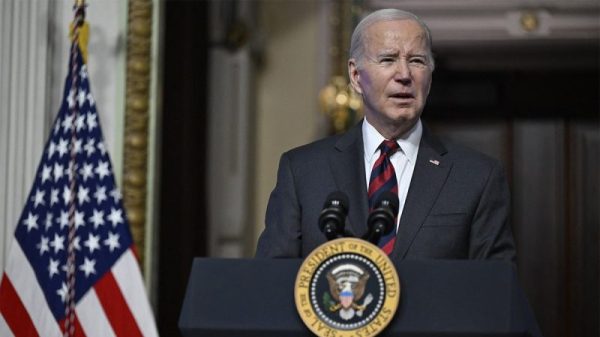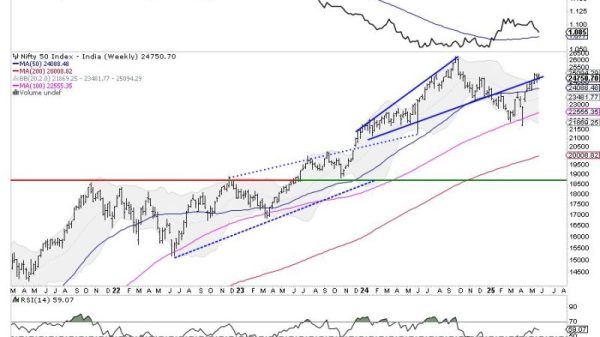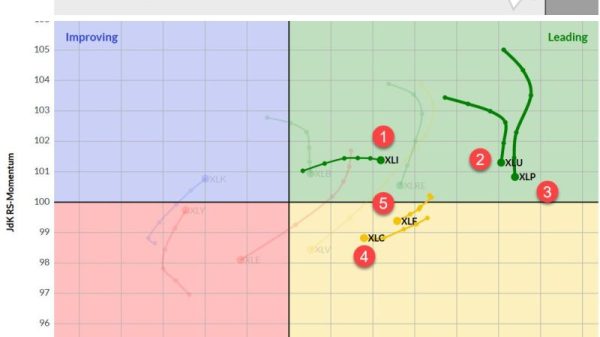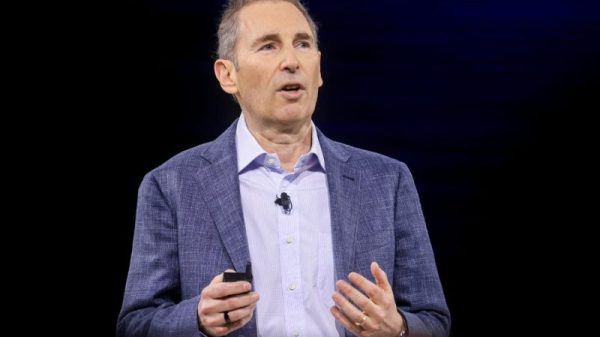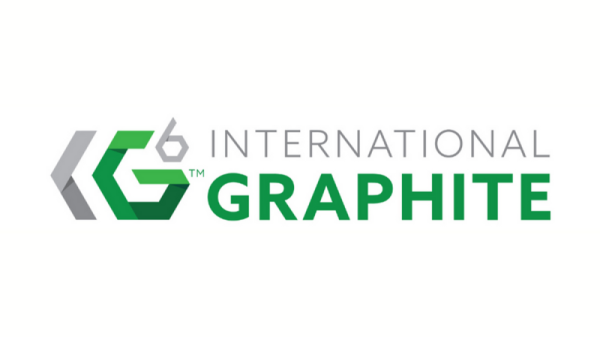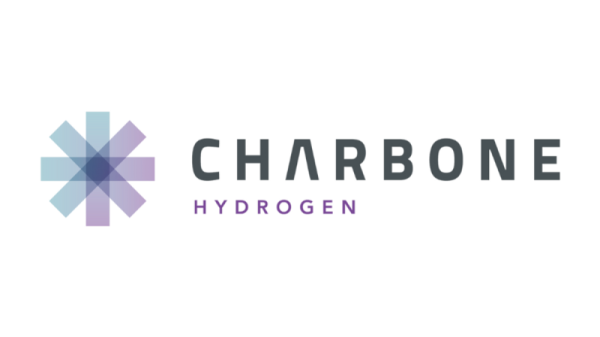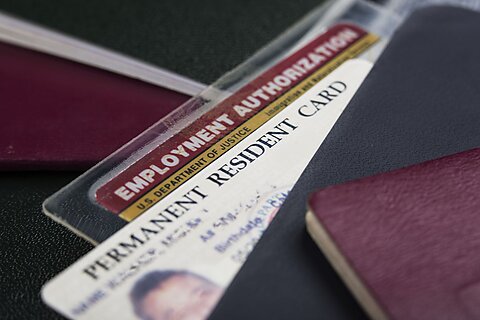David J. Bier
The employment‐based green card backlog reached a new record of 1.8 million cases this year. The backlog consists of immigrants who are waiting to receive green cards, primarily the result of low green card caps for employer‐sponsored immigrants and investors. Because no country may receive more than 7 percent of the green cards (the country caps) unless they would otherwise go unused, the 1.1 million cases from Indians in the backlog bear most of the burden of the broken system. New applicants from India will face a lifetime wait, and more than 400,000 will die before they receive a green card.
Figure 1 shows the employment‐based green card backlog by processing stage. The process starts when an employer files a petition for a worker. If no green card is available under the caps, the petition is wait‐listed until a spot opens. Finally, a worker may file to adjust status to permanent residence (the green card application) when a green card cap spot is available to them. There’s a similar staged process for investors and employment‐based “special immigrants” who include Afghan interpreters as well as, strangely, abandoned immigrant children.
In March 2023, 80,324 employment‐based petitions were pending (I‑140, I‑360, and I‑526), representing about 171,635 people with spouses and minor children of the workers included. Another 1.3 million were waitlisted, and 289,000 were pending adjustment of status applications. There were also some employment‐based immigrants waiting for immigrant visa adjudications at consulates abroad, but the State Department provides no information about the number of these cases. There are also some petitions in the backlog filed on behalf of the same person, leading to some double counting. There is also a backlog of 123,234 permanent labor certification applications, which is the start of the employment‐based green card queue.
Over half of the backlog is in the EB‑2 category for employees of U.S. businesses with advanced degrees. Another 19 percent are in the EB‑3 category for employees with at least bachelor’s degrees. The EB‑4 category for “special immigrants” (Afghan and Iraqi interpreters, others with various U.S. government affiliations, and abandoned children) is about 13 percent. Another 6 percent are for EB‑5 major investors. The remaining 3 percent are EB-3O “other workers” with jobs not requiring a college degree. About 1.1 million of the 1.8 million cases in the backlog are from India (63 percent). Another nearly 250,000 are from China (14 percent). The Northern Triangle countries of El Salvador, Honduras, and Guatemala come in at nearly 10 percent (mainly in the EB‑4 special immigrant category).
Table 1 shows the backlog by country and category and lists the number of green cards that each country‐category combination is likely to receive starting in fiscal year 2023. For new applicants from India, the backlog for the EB‑2 and EB‑3 categories (which are combined because applicants can move between them) is effectively a life sentence: 134 years. About 424,000 employment‐based applicants will die waiting, and over 90 percent of them will be Indians. Given that Indians are currently half of all new employer‐sponsored applicants, roughly half of all newly sponsored immigrants will die before they receive a green card.
Chinese in those categories face an astounding 17‐year wait. The wait times for Salvadorans, Hondurans, and Guatemalans in the EB‑4 category are similarly long waits. The Biden administration recently changed how it implements the country limits for the EB‑4 category such that the Northern Triangle countries and Mexico will likely see a significant increase in green cards at the expense of the number for “other” countries. However, even if these countries receive all the green cards going forward, they would still face multi‐decade waits.
The employment‐based backlog comes on top of the 8.3 million case backlog for the family‐sponsored system. These astounding backlogs and massive waits underscore that legal immigration to the United States is nearly impossible. Even to get to the point of entering the backlog takes an enormous amount of good fortune, and the lucky few that make it through the labyrinth face the daunting prospect of never actually receiving green cards in decades or even their lifetimes.



